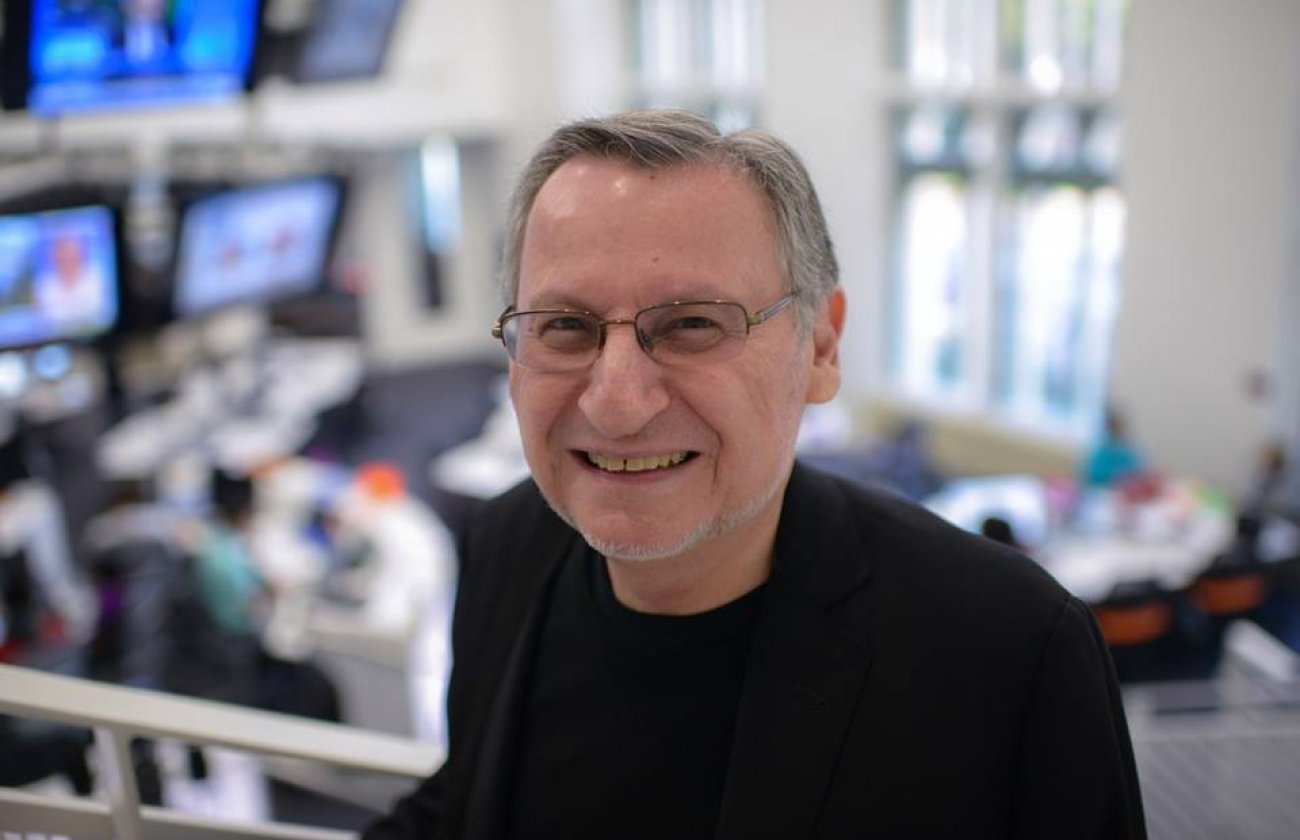 By Sandra de Castro Buffington It’s a concept so simple yet so powerful that I don’t understand why it hasn’t found its way on a lot more car bumpers, T-shirts and billboards: Walk around in someone else’s shoes. Chris Keyser, the president of the Writers Guild of America, West, captured the impact of this idea in his keynote address at the EE5 conference held recently in Delhi, India, where he and three other writers and producers and myself participated in panel discussions and workshops. The trip was organized by Hollywood, Health & Society, a program of the USC Annenberg Norman Lear Center. HH&S also was co-sponsor of the conference. On the topic about how entertainment can be used for social good, Chris recalled his own early exposure to this simple truth: that walking around in someone else’s shoes for a few hours—through the world of storytelling on TV and in film—can open your eyes. Change your life. Or even nudge the world, as playwright Tom Stoppard was quoted. In his prepared remarks, Chris told the assembled audience:
By Sandra de Castro Buffington It’s a concept so simple yet so powerful that I don’t understand why it hasn’t found its way on a lot more car bumpers, T-shirts and billboards: Walk around in someone else’s shoes. Chris Keyser, the president of the Writers Guild of America, West, captured the impact of this idea in his keynote address at the EE5 conference held recently in Delhi, India, where he and three other writers and producers and myself participated in panel discussions and workshops. The trip was organized by Hollywood, Health & Society, a program of the USC Annenberg Norman Lear Center. HH&S also was co-sponsor of the conference. On the topic about how entertainment can be used for social good, Chris recalled his own early exposure to this simple truth: that walking around in someone else’s shoes for a few hours—through the world of storytelling on TV and in film—can open your eyes. Change your life. Or even nudge the world, as playwright Tom Stoppard was quoted. In his prepared remarks, Chris told the assembled audience:
“All of us, here, understand that. Not just intellectually, viscerally. Nothing has the power to alter how people see the world or how they behave in quite the same way as a story, well told. We model the behavior of characters we come to know and to love. We allow the characters to make mistakes for us. We open ourselves up to new ideas because we are being taught without ever knowing that we are being taught. "That’s all part of the job of being a writer. There should be no tension between the obligation to entertain and the obligation to convey positive social messages. We have to do both, not because we run a video classroom, but because we have been given access to the loudest megaphone, the tallest soapbox in the history of the world. Access to the public airwaves is a public trust.”
His clarion call was addressed specifically to writers and other entertainment industry professionals, telling them that investing a story with a social message and allowing emotional truths to resonate with audience members are vital. It goes a long way in the nudge department. Chris said that sometimes the strongest message is so quiet it seems to disappear. But perhaps this need for empathy and understanding is something that we can all follow in 2012. A global resolution that, hopefully, would cut through all the rhetoric about what divides us and instead focus on what brings us together. The mission of “seeing how the other half lives” was very much in evidence when I organized writers trips to India and South Africa in May. We explored Mumbai—where one of the world’s largest slums, Dharavi, exists—and toured small local clinics in Johannesburg. We were greeted warmly everywhere we went. There’s a commonality among all of us on this planet—parents want the best for their kids, including a good education; community residents want a future, to be safe, healthy and to prosper. And they want peace. All around, every day, the real world intrudes and demands our attention. We witness other people in other lives, following their own daily scripts, and only need to imagine walking their path. We can call it Occupy Other Shoes. Follow HH&S on Facebook and Twitter






